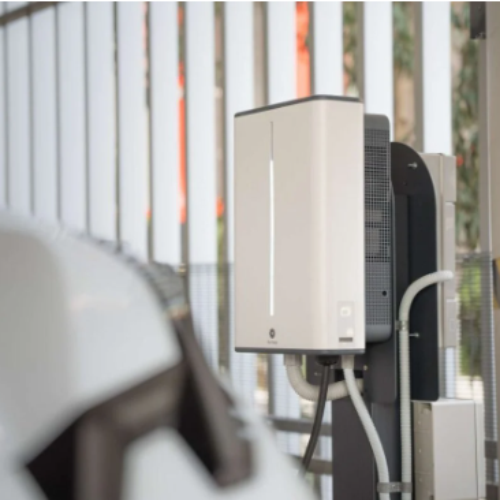National Grid is to trial same day procurement of frequency response in order to ensure ‘less forecastable’ technologies such as demand side response (DSR) can take part.
In a briefing note sent to industry late last month, acting head of business development Colm Murphy explained that the transmission system operator would hold the auctions every Friday morning from June 2019, with results published by early afternoon.
Over the two year trial, National Grid will procure four products – both high and low frequency dynamic response, and high and low frequency static response – with the first available delivery window to start at 11pm that day to suit the higher frequency response requirements of weekend periods.
Four-hourly Electricity Forward Agreement (EFA) blocks will be auctioned over the week, with providers able to nominate sequential blocks within the day as what the TSO has called ‘all-or-nothing’ bids.
National Grid will publish its buy order requirements ahead of auctions to provide transparency to the market over what it will be procuring, laying out information on its needs for the following week.
The auction trial is the latest example of work being done by National Grid under its System Needs & Product Strategy (SNaPS) which began in June 2017 to reform how the TSO procures balancing services.
In the letter, dated 31 August 2018, Murphy explained that ultimately, the aim is “to move procurement of all balancing products closer to real time”, but that “a firm foundation and understanding of potential benefits and pitfalls” was first needed to facilitate this change.
The long-awaited move towards real time procurement has been welcomed by DSR provider Open Energi, which says the new strategy should help to level the playing field across technologies able to provide frequency response.
Head of markets and policy Sebastian Blake said: “Real-time procurement of frequency response will help to increase participation of clean, low-cost flexibility from distributed energy resources and is a vital step towards creating a level playing field for these services to compete with large generation – who currently hold sole access to real-time balancing markets.”
Similar to the introduction of a new web-based system already used to procure fast reserve services, National Grid has said it will seek to engage with providers on the development of a new platform to roll out across its services.
Such a system was used in July to dispatch ancillary services using battery storage in the first example of the new system being implemented across its reserve products. Following the success of this first dispatch, National Grid confirmed that similar procurement practices would be rolled out to other services across 2018/19.






